In this article, I’ll show you in detail how I keep my food expenses within 10,000 yen per month in Japan and my actual tips on how to save money on food when living alone.
If you cook for yourself, it’s pretty easy to save 10,000 yen a month on food. I’ve written about some specific ways to save money on food, so please refer to this article if you are not limited to those who live alone.
Average cost of food for a single person
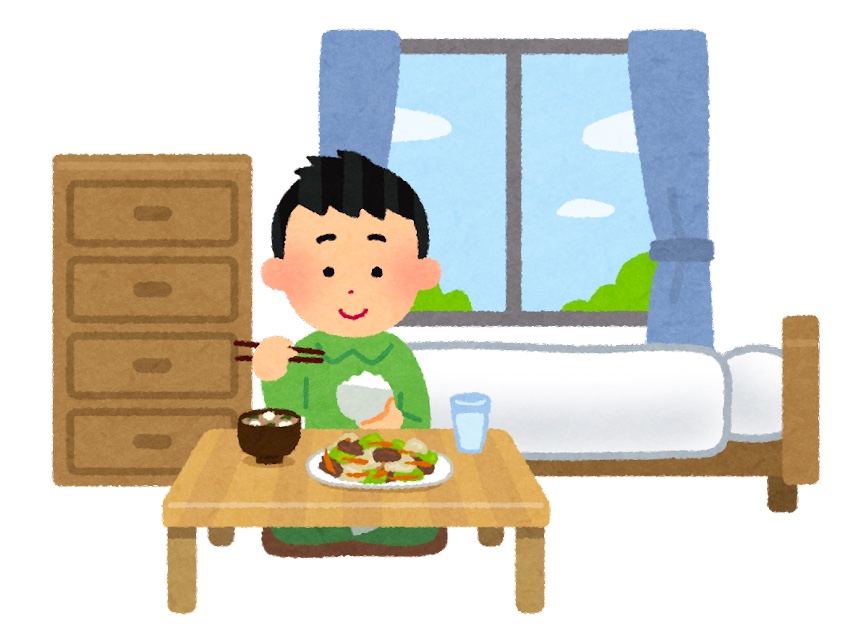
Before I show you how to save money on food, do you know what the average food cost is for a single person living alone? To compare whether your food costs are higher or lower than others, you need a standard.
First, let’s find out what the average cost of food is for a single person living alone.
According to a household budget survey conducted by the Statistics Bureau of the Ministry of Internal Affairs and Communications, the average food cost for a single person living alone in 2018 was around 40,026 yen.
The breakdown of the average food cost of 40,026 yen for all the people living alone is 29,373 yen for cooking by oneself and 10,653 yen for eating out. The cost of food for working-age households is higher than average, making up to 44,606 yen.
The breakdown shows that they spend 27,692 yen by cooking themselves and 16,914 yen eating out.
In terms of food costs for working households, the amount of money spent on cooking for oneself is decreasing, while the amount spent on eating out is increasing.
This is probably since working people have more opportunities to interact with other people and go out for drinks with the company, which increases the cost of eating out.
These statistics show that the average cost of food for a single person living alone is about 40,000 yen, or about 30,000 yen if eating out is excluded.
There has not been a significant change in this figure in the past year.
However, this value is the average, not the median.
There is a possibility that many people spend less on food than this.
Students living alone probably spend an average of about 30,000 yen a month on food, including eating out.
Women also spend about 10,000 yen less on food than men and tend to eat out less.
- Men’s average food expenses are about 45,000 yen.
- Women’s average food expenses are about 35,000 yen.
Women are more likely than men to cook for themselves or bring their lunch, which is thought to be the reason for the lower food costs.
How to Save Money on Food?
Buy at inexpensive stores

The first and most basic way to save money on food is to cook for yourself.
Statistics on food costs for men and women demonstrate that if you eat out less and cook for yourself, you can have a benefit of saving a lot of money on food.
In addition to the “cost of ingredients,” the price of food at restaurants is set to cover “maintenance costs” such as labor costs for employees and rent for tenants, as well as “company profits.
Because of these additional costs, eating out is inevitably more expensive than cooking for yourself.
If you cook for yourself, you will have to pay for the time it takes to cook and clean up, but as long as you have the ingredients, you don’t have to pay for the rest.
If you can procure the ingredients for your own cooking at a reasonable price, you will be able to save even more money on food.
Therefore, to save money on food, you should actively use stores that have low prices on ingredients.
If you know where the cheapest stores are in your neighbourhood, you will be able to save money on food efficiently.
Find out which stores have the best prices for each ingredient
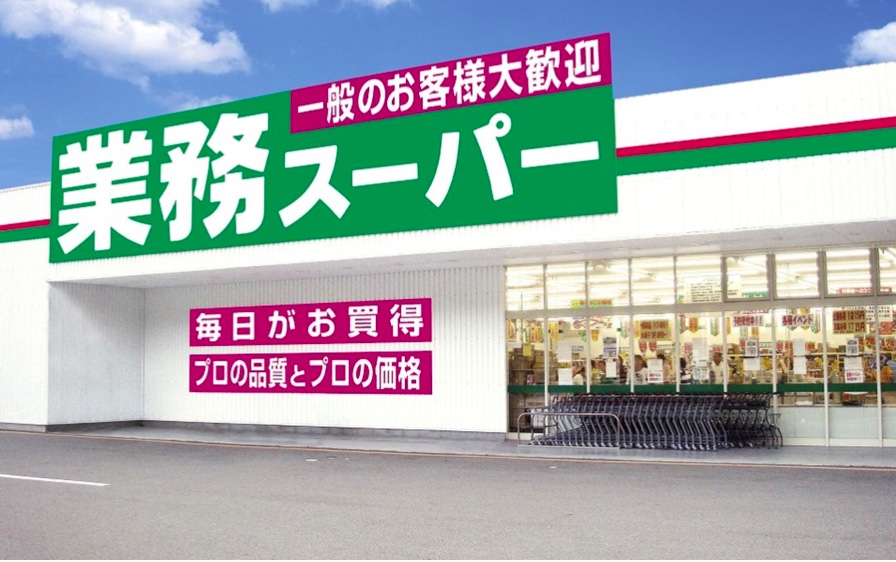
Go to all the supermarkets in your neighbourhood and find out which ones have the cheapest prices. The important thing is to compare the price per 100 grams, not just the approximate price that you think is cheap.
It is important to compare the price per 100 grams, not the approximate price that you think is cheaper.
If you calculate the cost per 100g, you may find that the price is more expensive than you thought. Meat is easy to understand because the price per 100g is indicated on the label. In addition to meat, price tags in stores often have a small price per 100g below the price.
Even if you think the price of a product is cheap, don’t judge it by that alone, but refer to the price per 100g.
If the price tag does not show the amount per 100g, even if it is a little troublesome, use a calculator app on your phone to calculate the amount per 100g. Do this calculation for each ingredient you use. By doing this, you will be able to figure out which ingredients are the cheapest at which store, such as “onions are cheap at that store” or “rice is cheap there”.
It is a little cumbersome at first, but once you have it in your head, you will know where to buy what ingredients.
To give you a concrete example of a supermarket with cheap ingredients, I recommend “Gyomu Super,” which is owned by Kobe Bussan, because the prices of its products are generally cheap.
It’s a chain store with a green sign and a white background that says “Gyomu Super.
To keep costs down, they don’t have flyers, and the quantity of each item may be large, but the prices of the ingredients are inexpensive.
Recently, credit cards have been accepted, making them even easier to use.
If there is a Gyomu Super near you, you should take a look at it, as you can use it to compare food prices with other supermarkets.
Use cheap ingredients
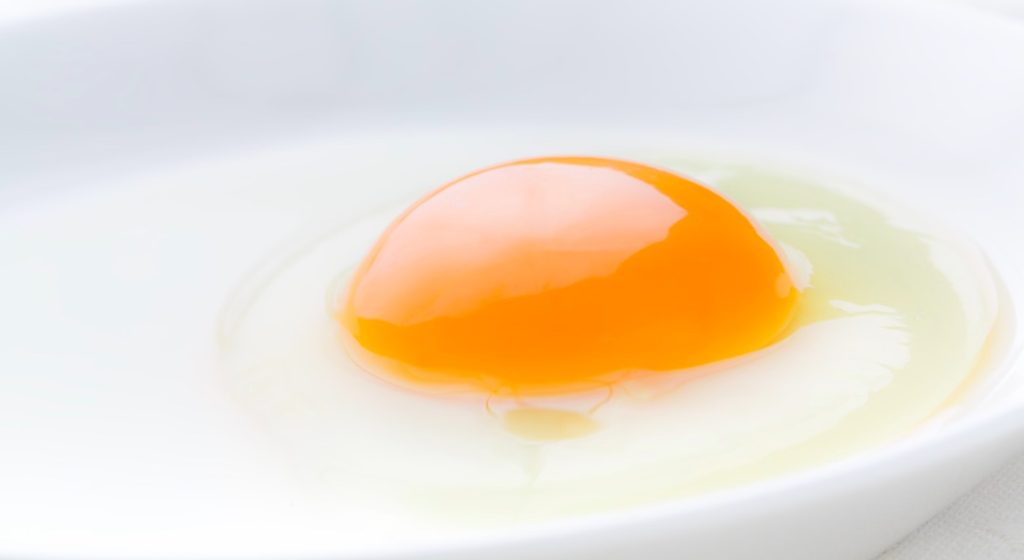
As well as finding out which supermarkets in your neighborhood have cheaper ingredients, you should also compare the prices of ingredients in the same group.
For example, if you compare rice and pasta, pasta is often cheaper than rice, even if it is a staple food that can provide a lot of carbohydrates.
This means that you can save money on food costs by using pasta as your staple food rather than eating rice.
This also means that if you compare the amount of money spent on 100 grams of rice and 100 grams of pasta, you can figure out which is cheaper.
Of course, there will be times when you want to eat rice and times when you want to eat pasta, so you can change the ingredients according to the dishes you make and your preferences.
But you should know in advance what the best choice is for you to save money on food.
My recommended ingredients are as follows:
- Chicken breasts
- Pasta
- Wheat flour/Flour made from wheat
- Natto
- Tofu
- Eggs
- Bean sprouts
- Onion
Don’t buy at convenience stores
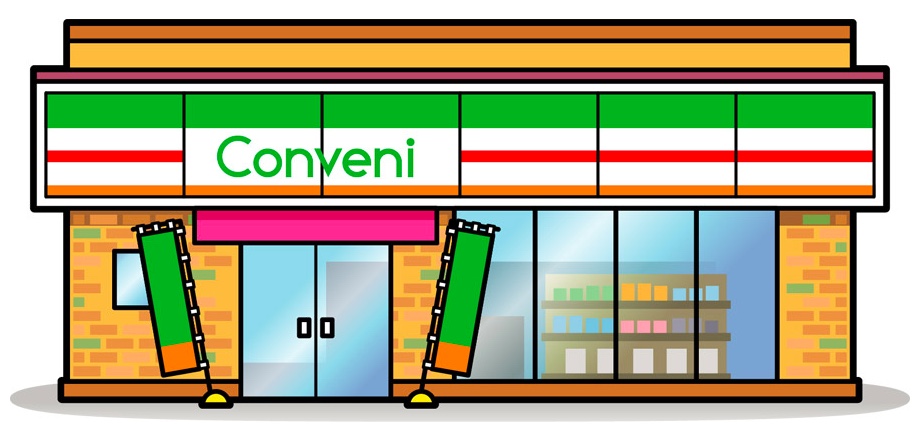
Convenience stores are generally more expensive than supermarkets, and the ingredients are also more expensive.
It’s a convenience store, but it’s not an economical system.
It is probably not ecological either.
Currently, convenience stores are experimenting with a service that offers points for products that are about to expire, but the original price is high, and the discount rate is low compared to supermarkets.
If you like foods sold only in convenience stores, you can buy them, but if you want to use them for your own cooking, it will be cheaper to buy them in supermarkets.
However, if you buy food at a convenience store every time, your food bill will surely be higher than at a supermarket.
Convenience stores are convenient for ATMs, mailboxes, and deliveries, but for regular food purchases, supermarkets are probably a better choice.
Bring your own water bottle and lunch box
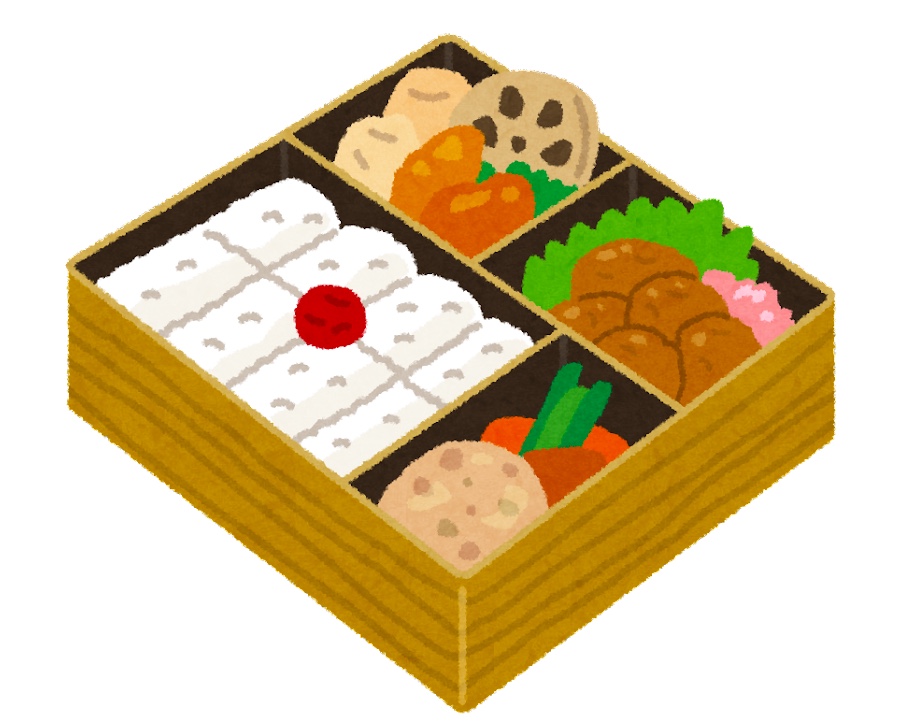
If you want to save money on food, bring your own lunch to work.
If you can’t be bothered to make your own lunch, you can always bring onigiri (rice balls) with you.
Even if there is an in-house cafeteria, it will probably cost at least 300 yen, and if you eat out in the neighbourhood, the cost of food will be even higher. If you make a bento worth 300 yen at home, you can make a very luxurious meal.
If you are busy, you can just make a rice ball at home and buy pre-packaged foods.
This will certainly be cheaper than eating out. Try to cook your own food as much as possible, even if it’s just one item, and bring your own lunch.
If you make it a habit, it won’t be that hard. Bring a water bottle so you don’t have to use the vending machines.
The cost of drinks from vending machines is mostly in the form of plastic bottles and cans. There is no need to pay for them.
There is no benefit to buying drinks from vending machines unless you are a collector of plastic bottle lids and such, so make coffee or tea at home and bring it with you.
Don’t buy sweets or juice

If you eat sweets while concentrating on your work you don’t feel satisfied and you don’t feel like you’ve eaten much. Because the sweets you’ve eaten haven’t satisfied you, you’ll crave for another meal. As a result, you consume more calories and gain weight.
Don’t just eat randomly if you are going to eat, try to eat in a situation where you can put your mind on the food.
Sweets are high in calories, which makes them a good deal in terms of cost, but they are exclusively made of fat and carbohydrates, giving us the worst nutritional balance. If you eat sweets in addition to a regular meal, you will gain weight, and if you eat sweets alone, you will have an odd nutritional balance, so keep it to a minimum.
If you can’t control your hunger, you may have no choice but to eat sweets although this is not known in Japan. The human body is not that fragile. We “kind of” eat most of the time since it is our habit.
If you are a stress eater, you should consider reducing your stress levels. In this way, you may save money on food and reduce weight by not eating sweets. It’s like hitting two birds with one stone.

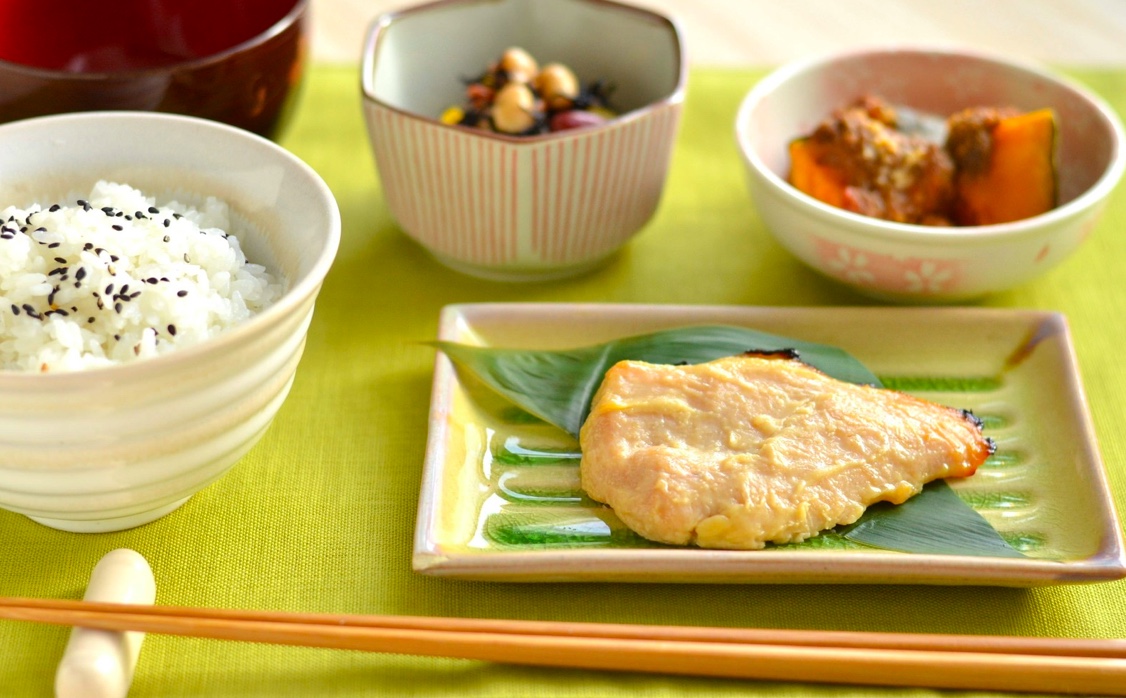


Comments